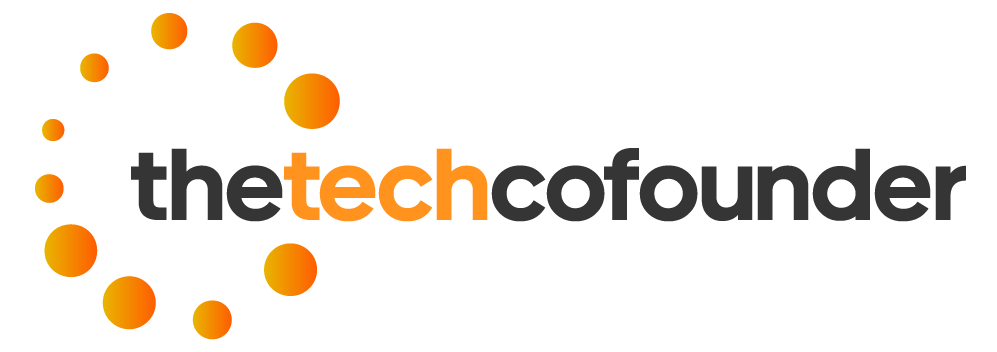Invisible contaminants could be lurking in your water supply, posing risks to your health. Moreover, with increasing concerns over water quality in the United States, safeguarding our health against contaminants has become more critical than ever. Fortunately, technology is transforming the way we monitor water, offering hope for a future where clean water is a certainty.
Today, we’ll look at 4 such technologies that are helping people all over the US drink clean and healthy water. But before that, we’ll look at the current water safety landscape and why it is so important to understand what’s in your water.
Understanding the Current Water Quality Landscape
Despite progress in water safety measures, several regions across the United States still face water quality challenges. According to the Environmental Protection Agency (EPA), 25% (38,853) of the nation’s active public water systems (PWSs) violated at least one drinking water standard.
Similarly, about 6300 water systems that serve over 90 million people contain PFAS, which infringes upon the latest criteria the agency established. Common water quality issues include the presence of lead, bacterial contamination, and excessive levels of disinfection byproducts. These contaminants can originate from aging infrastructure, improper waste disposal, and agricultural runoff containing fertilizers and pesticides.
Moreover, the risk of water contamination is exacerbated by factors like climate change and extreme weather events. Droughts, floods, and temperature fluctuations can disrupt water treatment processes and introduce new contaminants into water sources.
Addressing these water quality concerns requires a multi-faceted approach, involving infrastructure upgrades, stricter regulations, and the adoption of advanced monitoring and treatment technologies. While these statistics are concerning, sometimes it takes a specific incident to bring the dangers of water contamination into stark focus.
Camp Lejeune: A Wake-Up Call
The Camp Lejeune water contamination scandal brought the dangers of hidden toxins into sharp focus. According to TorHoerman Law, for decades, service members and their families were unknowingly exposed to highly contaminated water, leading to devastating health consequences.
Experts believe the toxic chemical concentrations were at least over 100 times the permissible limit. As a result, over 115,000 former residents have filed claims for about $3.3 trillion. This comes as a significant blow to the government, who expected the figure to be somewhere around $21 billion.
The ongoing fight for Camp Lejeune compensation reminds us of the lasting damage toxic water can cause. It also highlights the urgent need for better safeguards. This case underscores the need for continuous advancement in water safety, and promising new technologies are on the horizon.
Emerging Water Treatment Technologies
The clean water fight is entering an exciting new phase. Scientists are pushing the boundaries of water treatment with a wave of innovative technologies.
These advancements promise to filter out even the most stubborn contaminants, ensuring safer water for all. Let’s explore some of the most promising developments:
1. Nanotechnology and Advanced Filtration
Nanomaterials like carbon nanotubes and graphene membranes are revolutionizing water filtration. Nanotechnology works on an incredibly tiny scale.
Their exceptional surface area and unique properties allow them to capture and remove contaminants with unprecedented efficiency. Nanofilters can selectively target and eliminate impurities, heavy metals, microplastics, and even viruses, providing a highly effective solution for water purification.
These advanced filters could revolutionize water purification, making it more efficient and effective than ever.
2. Acoustic Nanotube Technology
This NASA-patented cutting-edge technology uses sound waves to purify water. Thus, it guarantees chemical-free and energy-efficient water filtration.
Special nanotubes, consisting of rolled-up sheets of carbon atoms, are forced to vibrate at specific frequencies. These vibrations produce pressure waves that separate large pollutant molecules from water molecules. The separated contaminants can then be easily removed, leaving purified water.
This chemical-free approach avoids the need for frequent filter changes and has the potential to provide safe drinking water in energy-efficient ways. Acoustic nanotube technology holds promise for both large-scale water treatment and portable water purification solutions in areas with limited resources.
3. Photocatalytic Water Purification Technology
This technology harnesses the power of light. Special materials, known as photocatalysts, react when exposed to light. These reactions create reactivity-prone molecules that break down harmful contaminants in water.
Photocatalytic purification can effectively target bacteria, viruses, and even stubborn industrial chemicals like organic compounds, estrogens, dyes, and petroleum-based oil. Because it often relies on natural sunlight and a few key materials, photocatalysis has the potential to be an energy-efficient and cost-effective method of purifying water.
Read also Embrace Green Living With The Best Eco-Friendly Cars In India
4. Ultraviolet Photolysis and Advanced Oxidation Processes (UV AOP)
UV light alone is a powerful disinfectant, but UVA takes its effectiveness to a new level. This technology combines UV light with chemicals like hydrogen peroxide or chlorine.
When exposed to UV, these chemicals create highly reactive molecules called hydroxyl radicals. These radicals act like microscopic demolition crews, tearing apart a wide range of contaminants, including those resistant to traditional UV disinfection or filtration methods. For compounds such as 1,4-dioxane and other nitrosamines, UV AOP is the only proven, and available solution.
This method also helps fix water taste and odor issues, something which only a handful of methods are capable of. UV AOP is now being used to address complex water contamination issues, like the breakdown of pharmaceuticals and persistent industrial pollutants.
Frequently Asked Questions
Here are some of the most common questions people have about their water safety:
Q1: Can I Test My Tap Water at Home?
A: Yes, there are various home water testing kits. Simple kits often test for basic contaminants like lead, chlorine, and hardness. For more comprehensive testing, you can send samples to a certified laboratory. Start by searching online for “home water testing kits” or “water testing laboratories” to find options in your area.
Q2: Is Bottled Water Always Safer Than Tap Water?
A: Not necessarily. The FDA regulates bottled water, but standards aren’t always stricter than those for tap water. Bottled water can also be expensive and create environmental issues with plastic waste. Filtering your tap water can be a more cost-effective and eco-friendly way to improve its quality.
Q3: What Are the Signs That My Water Might Be Contaminated?
A: Sometimes contaminated water has a strange taste, odor, or cloudy appearance. However, many dangerous contaminants are undetectable by our senses. If you have concerns about your water quality, it’s always best to get it tested, especially if you live near potential contamination sources (agricultural areas, old industrial sites, etc.) or have a private well.
Summing up, the pursuit of clean and safe water is an ongoing mission that demands continuous innovation.
By embracing these emerging technologies, we are taking crucial steps toward a future where water contamination is no longer a threat to public health. As these advancements become more widespread and accessible, we move closer to a reality where every individual can trust the water flowing from their taps.
These innovations offer hope for cleaner water but also remind us of the importance of protecting our water sources from contamination in the first place.







